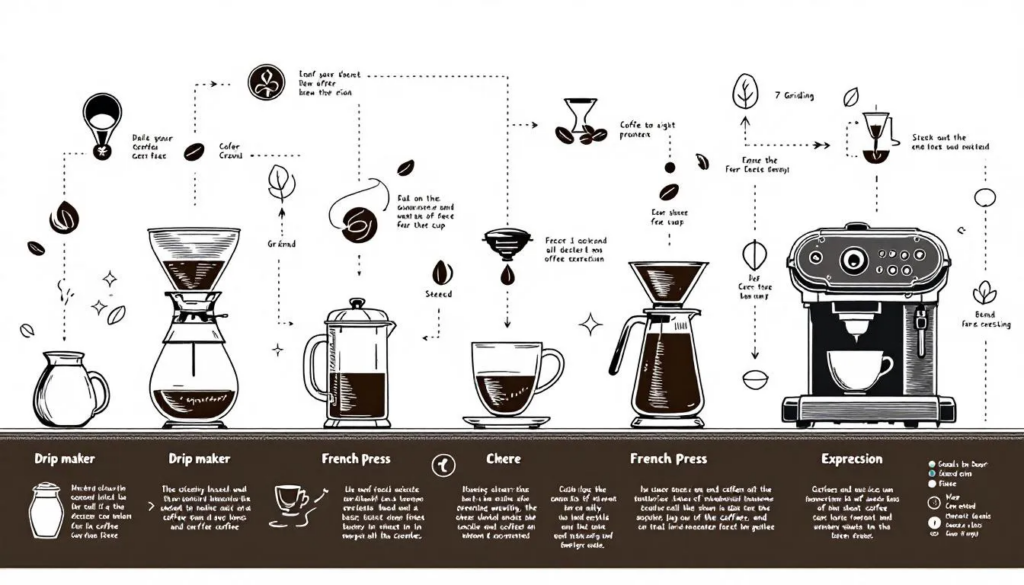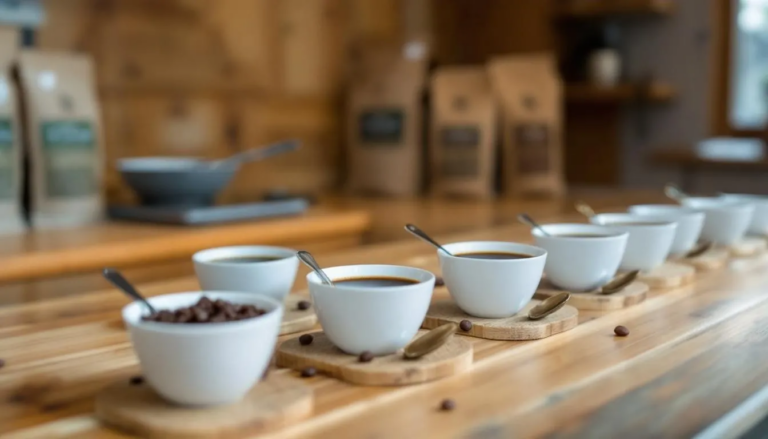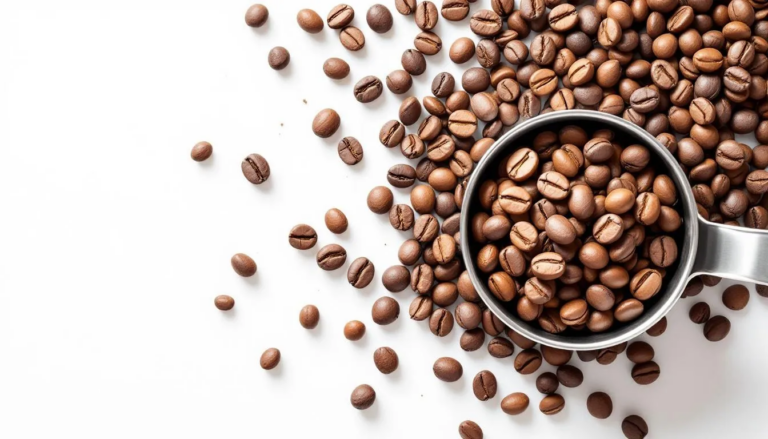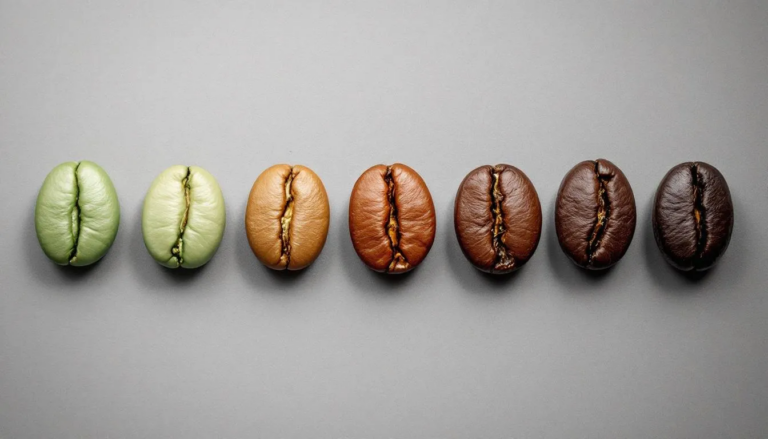Want to brew coffee with body? ‘Coffee with body’ means a cup with a rich, thick texture. This guide explains how to achieve that through bean selection, roasting, and brewing methods.
Key Takeaways
- The body of coffee, which describes its texture and weight, is influenced by factors such as coffee bean variety, processing methods, and roasting profiles, impacting the overall sensory experience.
- Brewing methods like French press and espresso enhance coffee body by allowing more oils to pass through, while methods like pour over result in a cleaner, lighter body due to the use of paper filters.
- Choosing the right coffee beans, such as Sumatra and Maracaturra, along with proper brewing techniques can help achieve a full-bodied coffee experience tailored to individual preferences.
Understanding Coffee Body

The body of a coffee, often referred to as its structure or weight, is a crucial aspect of the coffee drinking experience. It is the consistency felt on the palate, described in terms such as oily, grainy, or watery. Essentially, the body encompasses the texture or weight perceived when you take a sip, making every cup of coffee unique.
The richness and mouthfeel of coffee are significantly influenced by the oils, organic acids, and fibers present in the coffee beans. These elements contribute to the coffee’s body, creating a sensory experience that goes beyond just taste and aroma. A full-bodied coffee, for example, is often rich and creamy, a result of the oils and sugars released during brewing.
Moreover, the body of coffee enhances the overall sensory experience. As the coffee flows in the mouth, it provides tactile information that complements its flavor and aroma. Professional coffee tasters often measure coffee body by its viscosity, indicating the thickness experienced in the mouth. Understanding these nuances, where coffee’s body involves identifying these characteristics, can help you appreciate the complexity of your cup of coffee’s body even more.
Factors Influencing Coffee Body
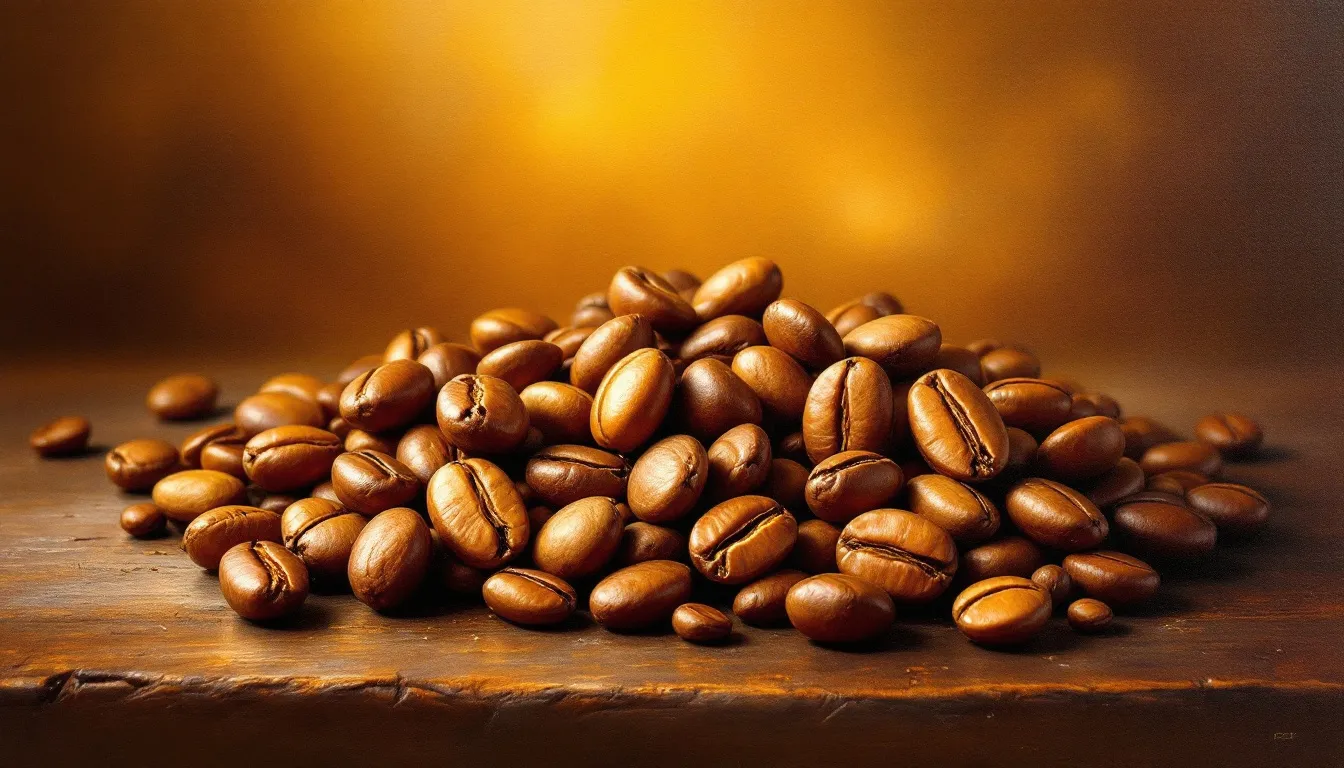
Several factors influence the body of coffee, starting with the variety of the coffee bean and its growing conditions. High-grown or strictly-high-grown coffees generally have a fuller body due to the optimal growing conditions at higher altitudes.
The processing method of coffee beans also plays a significant role. Natural processed coffees are known for their bigger, rounder body, while washed coffees are more delicate and prized for their clarity. The way coffee is processed can drastically alter its body, making certain methods more suitable for achieving a fuller or lighter body. The concentration of dissolved coffee solids, including organic acids and oils, also plays a crucial role in determining the coffee’s body.
Roast profiles are another critical factor. Manipulating the roast can produce coffee with more body, enhancing the overall drinking experience. Additionally, factors like low altitude growing conditions and the use of paper filters can contribute to a lighter body in coffee. Understanding these factors helps in better controlling and predicting the body of your brewed coffee.
The Role of Brewing Methods in Coffee Body
Brewing methods greatly influence the body of coffee, affecting the concentration of oils and other compounds in the final cup. Brewed coffee imparts different methods that can either enhance or diminish the body, depending on the technique and equipment used.
French press and espresso are two brewing methods known for enhancing coffee body. These methods allow more oils and compounds to pass through, resulting in a richer and fuller bodied coffee. In contrast, drip coffee makers with paper filters tend to filter out oils, resulting in a cleaner, lighter bodied coffee. On the other hand, methods like drip/filter and k-cup typically produce a lighter bodied coffee, as they filter out more oils and sediments.
Understanding how each brewing method impacts the body can help you choose the right technique for your desired coffee experience. Whether you prefer the robust body of a French press or the clarity of a pour over, the brewing method you choose makes all the difference.
French Press: Maximizing Coffee Body
The French press is renowned for producing a fuller bodied coffee, thanks to its metal filter that allows oils to pass through, enhancing the richness of the brew. This method is perfect for those who enjoy fuller bodied coffees with a rich and creamy texture. This method is perfect for those who enjoy a robust and creamy cup of coffee.
Maximize flavor extraction by steeping the coffee for about four minutes. This steeping time ensures that the coffee grounds are fully saturated, releasing all the flavors and oils into the brew.
Use coarsely ground coffee beans and water just off the boil for optimal results. This method not only brings out the full body of the coffee but also enhances its overall flavor profile, making each sip a delightful experience.
Pour Over Coffee: Achieving Clarity and Balance
Pour over coffee is a brewing method that typically emphasizes clarity over body. This method uses paper filters that filter out oils, resulting in a cleaner, lighter bodied coffee. This makes pour over an ideal choice for consumers preferring filtered coffee, who enjoy a balanced and nuanced cup.
Pre-wetting the coffee filter ensures a clean flavor. This step eliminates any potential paper taste, allowing the true flavors of the coffee to shine through. It’s a small but significant step in achieving the perfect pour over brew.
While reusable filters are an option, paper filters are recommended as they absorb oils that can alter the taste and body of the coffee. Following these tips will help you achieve a consistently balanced and flavorful cup of pour over coffee.
Espresso: Concentrated Body and Flavor
Espresso is characterized by its thick and rich body, a result of the brewing process that forces hot water through finely-ground coffee under high pressure. This method produces a concentrated coffee with intense flavors and a creamy texture. As the coffee settles on the tongue, the rich body and creamy texture provide a satisfying mouthfeel.
The crema, a layer of froth on top of an espresso shot, contributes significantly to its body and flavor, providing a velvety texture that enhances the overall experience. This unique feature sets espresso apart from other brewing methods.
Espresso also serves as a base for various coffee drinks, adding depth and body to beverages like lattes and cappuccinos. Whether enjoyed on its own or as part of a larger drink, espresso delivers a powerful and satisfying coffee experience.
Roasting for Desired Coffee Body
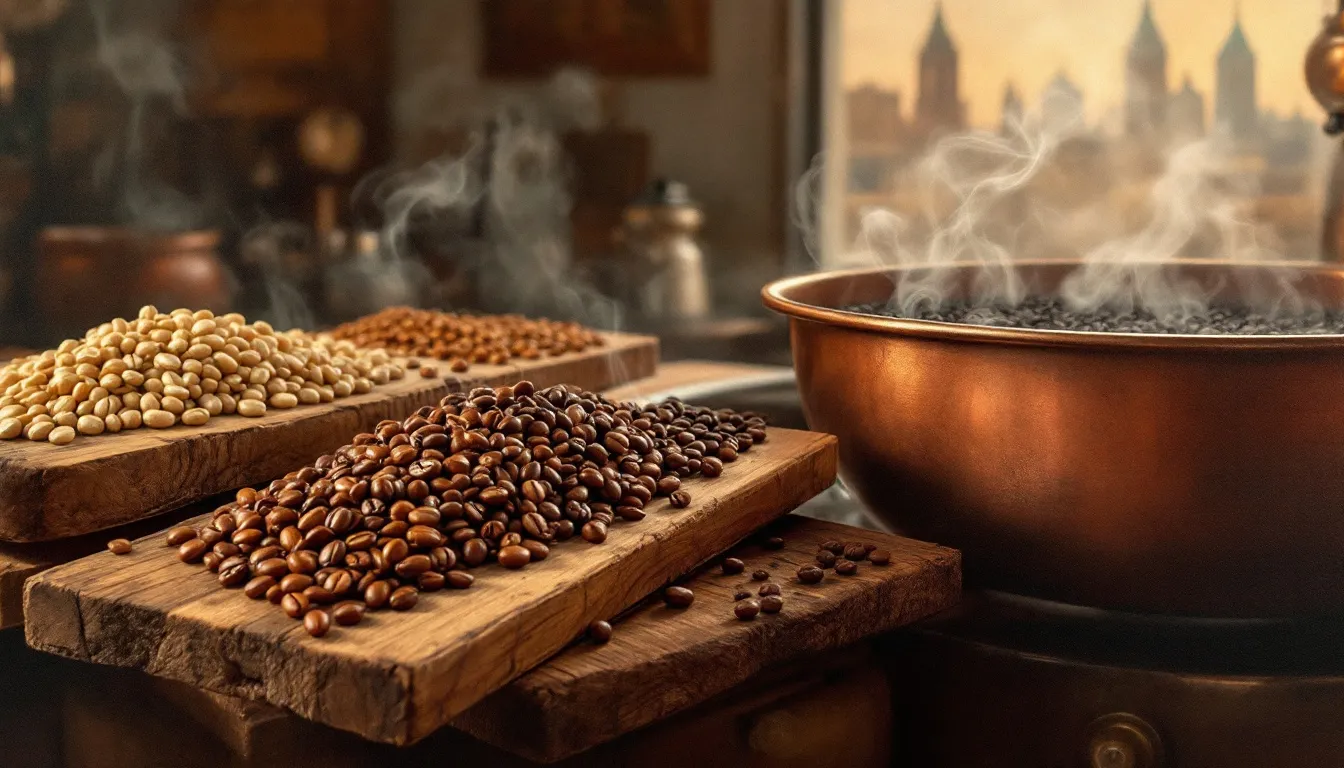
Roasting is a crucial step that significantly influences the body of coffee. The flavors and mouthfeel experienced in the final brew are largely determined during this process. Stretching the Maillard reaction phase during roasting can enhance the body by producing more melanoidins. A longer development time after the first crack helps to create polymers that contribute to a syrupy mouthfeel.
Different coffee beans have varying moisture, density, and hardness, which can impact their body after roasting. Darker roast levels typically result in a heavier mouthfeel due to increased oiliness on the surface of the beans. However, if the roast is stretched too much, it may result in a flat, doughy coffee that lacks body.
Understanding these nuances allows you to roast coffee to achieve the desired body and flavor. Achieving a balanced roast helps avoid excessive or inadequate tastes, ensuring a harmonious coffee body.
Evaluating Coffee Body Like a Professional

Cupping, or professional tasting, is a method used to evaluate coffee body and other sensory attributes. During cupping, professional tasters assess the coffee’s body by measuring its viscosity and mouthfeel, providing valuable insights into its quality.
Understanding how to evaluate coffee like a professional can deepen your appreciation of each cup.
Top Coffee Beans for Full Body
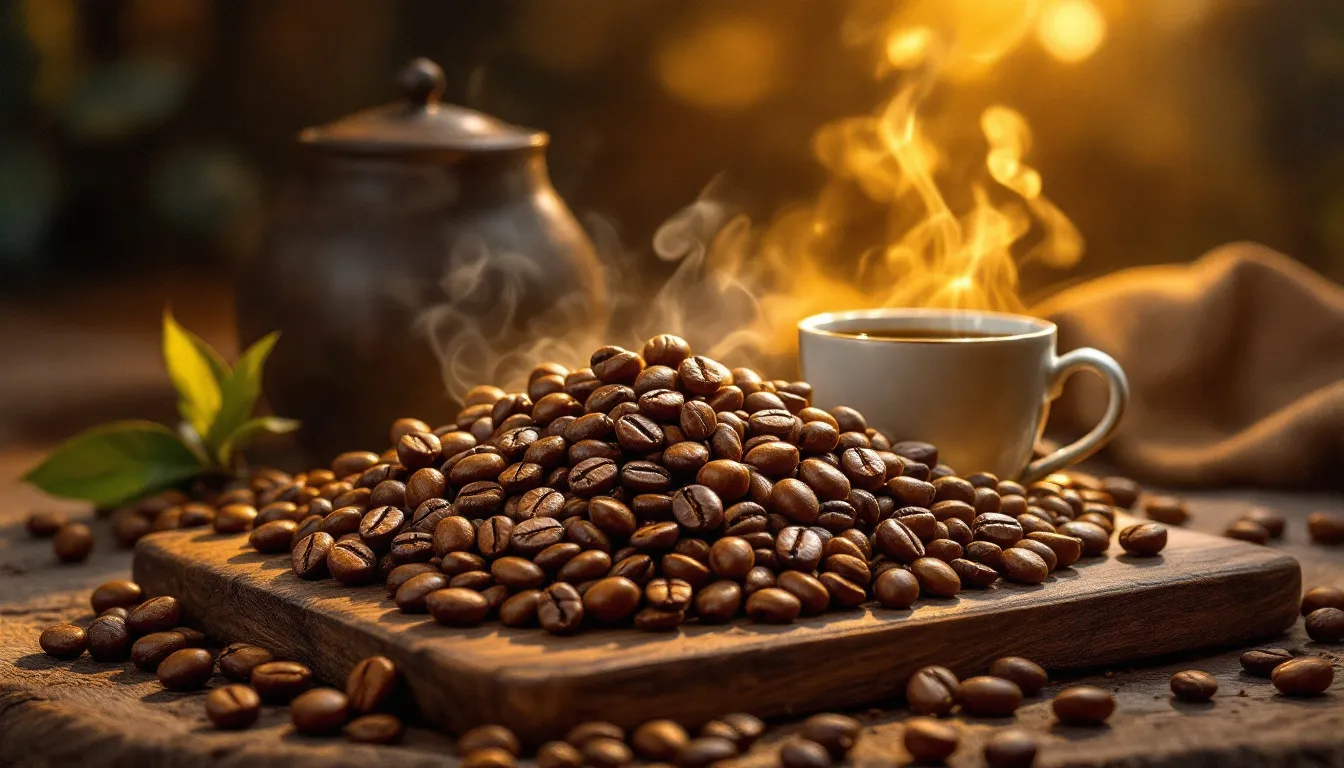
Certain coffee beans are ideal for those seeking a full-bodied coffee. Sumatra and Maracaturra are prime examples, known for their rich and creamy characteristics. Sumatra beans, in particular, are celebrated for their bold, earthy flavors and heavy body.
Maracaturra coffee, on the other hand, is known for its round body and caramel-like texture. This unique profile makes it a favorite among coffee enthusiasts who appreciate a balanced yet full-bodied round body coffee.
Yemen Mocha coffees offer diverse body profiles, ranging from heavy to medium bodied coffee. Similarly, Pacamara coffees typically exhibit a medium body, providing a distinct contrast to the fuller-bodied options. In contrast, some coffee beans are known for their light body, offering a more subtle and delicate mouthfeel. Exploring these beans can lead you to discover your perfect cup.
Brewing Tips for Perfect Bodied Coffee
To achieve the perfect bodied coffee, consider using a French press. Alternatively, stove top coffee makers are also excellent for those seeking a full-bodied coffee, as they preserve the oils and compounds that contribute to a rich mouthfeel. This method is known for its intense and full-bodied characteristics, allowing more sediment and oils to contribute to a richer taste.
In addition to choosing the right brewing method, pay attention to factors like grind size, water temperature, and steeping time. These elements can significantly impact the body and flavor of your coffee, helping you brew a cup that is perfectly tailored to your preferences.
Summary
Brewing coffee with body is both an art and a science. By understanding the factors that influence coffee body, from bean variety and processing methods to roasting and brewing techniques, you can elevate your coffee experience. Whether you prefer a full-bodied French press, a balanced pour over, or a concentrated espresso, there are countless ways to enjoy coffee with the perfect body.
Embrace the journey of experimenting with different beans, roasts, and brewing methods. As you refine your techniques, you’ll discover the nuances that make each cup of coffee unique and delightful. Here’s to brewing your perfect cup of coffee with the body that suits your taste!
Frequently Asked Questions
What is coffee body?
Coffee body describes the overall structure and weight of the beverage, indicating its richness and texture as experienced on the palate. A fuller body typically suggests a more robust and creamy mouthfeel.
How does the French press enhance coffee body?
The French press enhances coffee body by using a metal filter that permits oils to pass through, enriching the coffee’s richness and fullness. This results in a more flavorful and robust cup.
What factors influence coffee body?
The body of coffee is primarily influenced by the variety of the coffee bean, the processing methods used, the roast profile, and the brewing techniques. These factors combine to create the rich texture and mouthfeel that characterize different coffee experiences.
Why does espresso have a rich body?
Espresso has a rich body because of the high-pressure extraction process and the crema, which contributes a velvety texture. These elements combine to create a robust and satisfying coffee experience.
What are some top coffee beans for a full body?
For a full-bodied coffee experience, consider Sumatra and Maracaturra beans; they provide rich and creamy textures that enhance your enjoyment.
